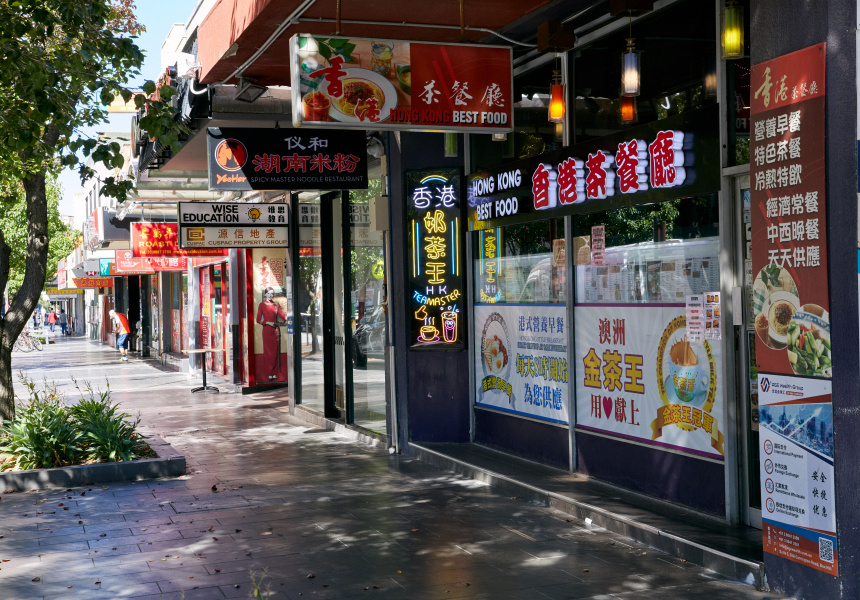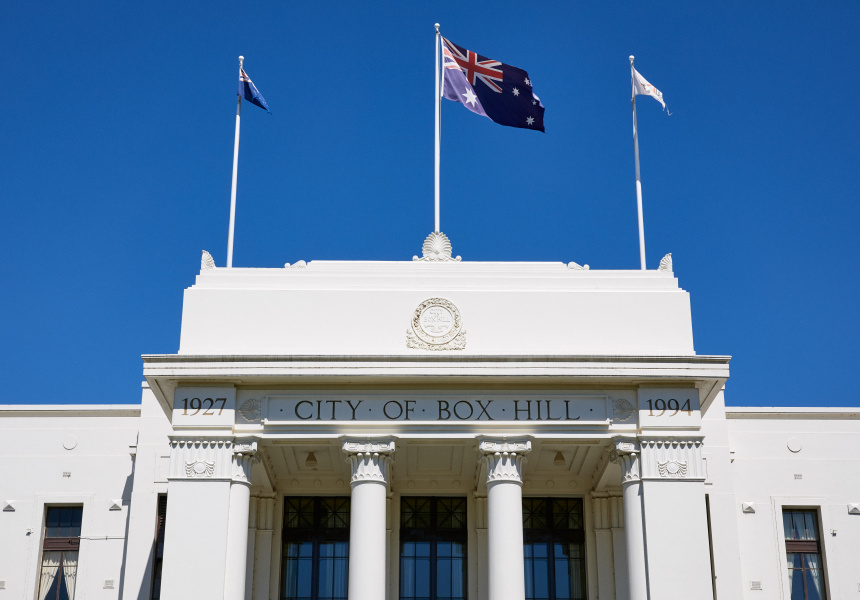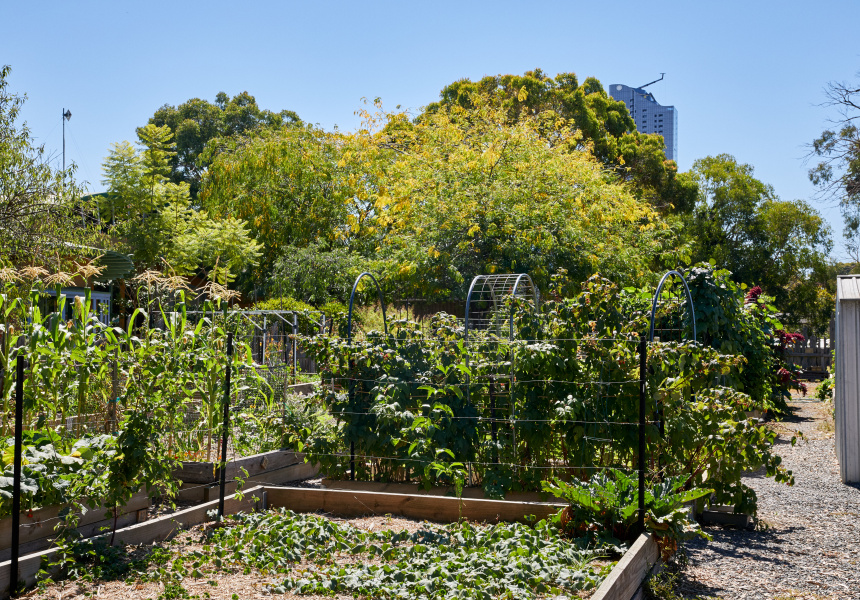Box Hill is home to some of the tallest skyscrapers outside of Melbourne’s CBD – so it can feel a little bit like a small city, right in the middle of the suburbs. But even though the buildings are tall, there’s a real small-town atmosphere here.
Established in the mid-19th century, Box Hill was once an idyllic Victorian bush town, before it was joined to Melbourne by rail in the 1880s. That railway link provided easy access to the peace and quiet of the country to some of Australia’s most prominent Impressionists painters from the Heidelberg School – including Arthur Streeton, Tom Roberts and Fredrick McCubbin. The Box Hill artists’ camp they set up is widely considered to be one of the birthplaces of Australian Impressionism.
In 1954, rezoning joined Box Hill with Metropolitan Melbourne. After the dissolution of the White Australia Policy in the 1970s, cheap post-war commission housing attracted migrants to the area – especially from China, Vietnam, Malaysia, Korea and Thailand. Box Hill’s Chinese population, in particular, continues to grow each year: over a third of the suburb’s residents have Chinese ancestry. Now, Box Hill is considered by many to be Melbourne’s second Chinatown (after the CBD original).
There are dumpling, hot pot and bubble tea spots on virtually every block along Whitehorse Road – especially as you get closer to Box Hill Central and its beloved food court. Outside of Chinese cuisine, you’ll find Japanese and Korean barbeque, Vietnamese noodle soup and a growing number of brunch cafes. Box Hill also has one of Melbourne’s best selections of independent grocers, from cuisine-specific spots such as Korea World to all-rounders like Box Hill Asian Food Centre.


